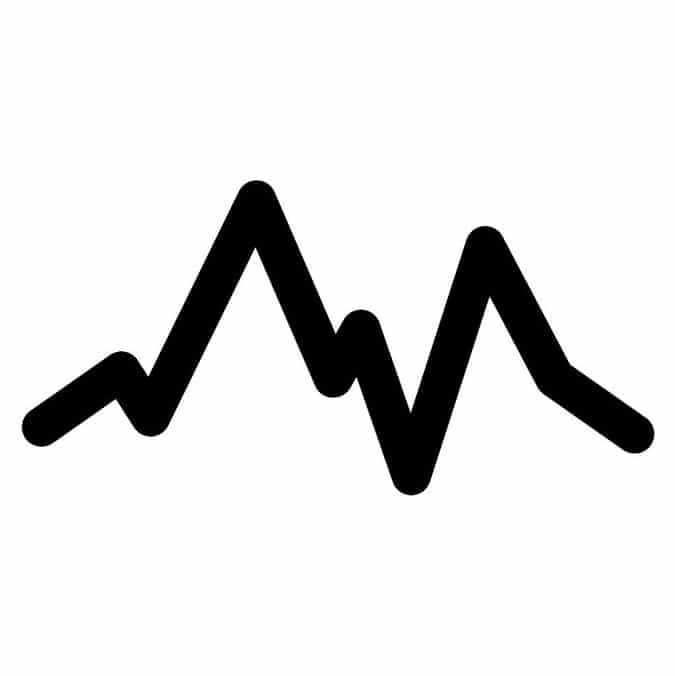Run (Gait) Analysis
Why do I need it?
A running gait analysis provides valuable insights into your running form and mechanics, helping you improve your running performance, prevent injuries, and optimise your training.
Injury Prevention: A gait analysis can identify any irregularities or imbalances in your running form that might be contributing to overuse injuries. By addressing these issues, you can reduce the risk of common running injuries like shin splints, IT band syndrome, plantar fasciitis, and more.
Performance Enhancement: A proper running gait can make your running more efficient, allowing you to use less energy for each stride and cover longer distances with less effort. Identifying areas for improvement in your form can lead to better running economy and faster race times.
Personalised Training: Gait analysis can help you understand your strengths and weaknesses as a runner. By identifying areas that need improvement, you can tailor your training regimen to focus on specific muscle groups, exercises, and techniques to enhance your overall performance.
Biomechanical Insights: Gait analysis provides data on factors such as foot strike pattern, stride length, cadence, and pronation. Understanding these biomechanical elements can help you make informed decisions about your running technique and how to adjust it for optimal results.
Post-Injury Rehabilitation: If you’re recovering from a running-related injury, a gait analysis can help you identify any compensatory movements that might have developed during your recovery period. This can guide your rehabilitation process and ensure that you return to running with a reduced risk of reinjury.
Longevity in Running: By optimising your running gait and mechanics, you can decrease the wear and tear on your joints and muscles over time. This can contribute to a longer and more enjoyable running career.
Coaching and Feedback: A professional gait analysis provides detailed feedback and coaching tailored to your specific needs. This personalised guidance can help you make targeted improvements and avoid common pitfalls.
What to expect?
Pre-Assessment Discussion: Before the analysis begins, we’ll have a chat about your running history, past injuries, your training routine, and your goals.
Video Recording: You’ll then run on our treadmill while being recorded from the side and posteriorly. This allows us to closely observe your running form, including your foot strike, stride length, posture, arm movement, and more.
Slow-Motion Playback: The recorded video footage will then be reviewed to closely examine specific aspects of your running form. This allows to identify any abnormalities, asymmetries, or areas for improvement.
Biomechanical Analysis: We will examine your foot strike pattern, stride length, pelvic drop, Crossover sign, hip and knee alignment, and more.
Feedback and Recommendations: After analysing the videos, we will provide you with detailed feedback on your running mechanics. We’ll discuss strengths, weaknesses, and areas that need improvement.
What happens next?
If you would like a customised plan based on the assessment it would include exercises, drills, and techniques to work on in order to improve your running mechanics.
Follow-Up: Recommended after 3-4months – to track your progress and make adjustments to your training plan.
Remember that the goal of the analysis is to help you become a more efficient, injury-resistant runner. Working on your running form and mechanics can take time, so be patient and consistent in implementing the recommendations.
Cost:
60min appointment/analysis which includes:
Pre assessment discussion/Video recording/Biomech analysis/Feedback and recommendations assessment/analysis and report $157.
Recommended (Optional):
Personal Strength & Conditioning program (based on your gait analysis) $120.
Run & Strength coaching $207/month.
